Looking to install a fence but not sure about the costs involved? Factors such as the type of material, length, and height of the fence, terrain, and labor costs all play a role in determining the overall expense.
The type of fence you choose, whether it’s wood, vinyl, aluminum, chain link, or wrought iron, will also impact the final cost.
We explore the costs associated with different types of fences, installation in various areas, and whether DIY or professional installation is more cost-effective.
Stay tuned for tips on saving money and important factors to consider when installing a fence.
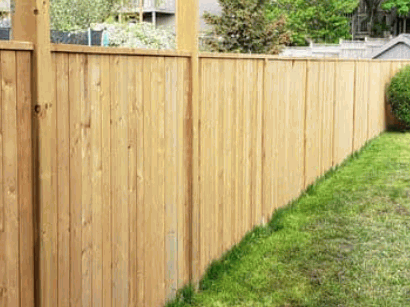
Factors Affecting The Cost Of Fence Installation
The cost of fence installation can vary based on several key factors that homeowners need to consider. These factors include the type of materials used, labor costs, property size, desired level of privacy and security, and whether you opt for professional installation or take the DIY route.
One of the primary factors influencing the cost of fence installation is the choice of materials. Different materials such as wood, vinyl, aluminum, or chain link come with varying price points, affecting the overall installation cost. Labor costs play a significant role in determining the final bill, as skilled labor can increase the expense. Property characteristics, including terrain complexity and existing landscape, can impact both the labor hours required and material usage, influencing the total cost.
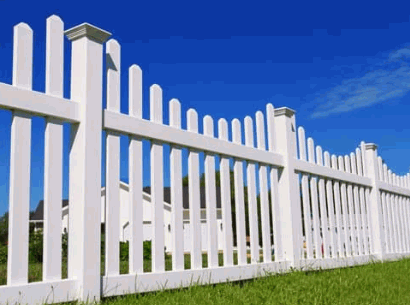
Type Of Material
One of the primary determinants of the cost of fence installation is the type of material chosen. Materials such as wood, vinyl, metal (including aluminum), bamboo, composite, and chain link vary in cost and offer different aesthetic and functional benefits.
Wood fences are a popular choice known for their natural look and versatility. They can range from $10 to $30 per linear foot, making them an affordable option. Wood requires more maintenance like staining and sealing to prevent rot and weather damage.
Vinyl fences, on the other hand, are durable and low maintenance. They typically cost between $20 to $40 per linear foot but are long-lasting and resistant to rot, decay, and fading.
Metal fences, including aluminum, offer a sleek and modern aesthetic. Aluminum fences are mid-range in cost, averaging $20 to $40 per linear foot, and are durable and lightweight.
Length And Height Of Fence
The length and height of the fence directly impact the total cost of installation. Longer fences or those with greater heights require more materials and labor, increasing the overall expenses for homeowners seeking to secure their property boundaries for privacy and security.
For example, a property with a larger perimeter area will naturally necessitate a longer fence, leading to higher costs. Likewise, the desired level of privacy and security can also influence the choice of fence height and material, further adding to the installation expenses. Opting for a solid, high-security fence will mean more materials and a more complex installation process, driving up the overall price. It’s essential for homeowners to consider these factors carefully when planning for fencing projects to ensure both functionality and cost-effectiveness.
Terrain And Accessibility
The terrain of the installation area plays a crucial role in determining the cost of the fence installation. Factors such as slope, ground condition, existing trees that need removal, and the installation of gates, posts, or utilities can add to the overall expenses.
When dealing with sloped terrains, the complexity of the fence installation increases due to the need for specialized techniques and materials to ensure stability and durability. Ground conditions, such as rocky or soft soil, can also impact the cost as these require specific tools and expertise. Tree removal is another significant factor, especially if large trees obstruct the planned fence line, necessitating professional removal services.
The installation of additional structures like gates, posts, or utilities can significantly raise the overall cost. Gates, for instance, require proper alignment and mechanisms for smooth functionality, while posts need to be securely anchored depending on the ground type.
Labor Costs
Labor costs are a significant component of the total expense in fence installation projects. Homeowners can choose between hiring professionals for the job or opting for a DIY approach to save money on installation, but labor costs must be factored into the budget.
When considering professional installation, the cost includes the labor charges of skilled workers. While this may seem higher initially, the expertise and efficiency of professionals can ensure a smoother and quicker installation process.
On the other hand, opting for a DIY project involves investing personal time and effort, as well as acquiring the necessary tools and equipment. This route can lead to substantial savings on labor, but it is important to consider one’s own skill level and the complexity of the installation task.
Additional Features
Adding extra features to a fence installation project can increase the total cost significantly. Elements such as landscaping, lighting fixtures, permits, gates, or enhanced security and privacy measures come with additional expenses that homeowners need to consider.
Landscaping options offer homeowners the chance to blend their fences seamlessly with the existing outdoor aesthetic, creating a harmonious and visually pleasing environment. Incorporating lush greenery, vibrant flowers, or decorative rocks can elevate the overall appeal of the property.
Lighting fixtures play a dual role in both enhancing the curb appeal of the fence and providing practical safety features during nighttime. From elegant lanterns to subtle LED lights, the right lighting choice can transform the look and function of the fenced area.
Permit requirements are crucial considerations that ensure compliance with local regulations and building codes. Obtaining the necessary permits upfront can prevent costly fines or project delays down the line.
Gate installations offer convenience and accessibility to homeowners, allowing for easy entry and exit from the property. Incorporating security and privacy enhancements such as sturdy locks, surveillance cameras, or taller fence heights can provide peace of mind and added protection for the household.
Types Of Fences And Their Costs
Various types of fences are available to homeowners, each with its unique characteristics, costs, and benefits. Common fence materials include wood, vinyl, metal (such as aluminum), composite, and chain link, offering diverse options to suit different property needs.
Wood fences are a popular choice for their timeless look and natural appeal, blending seamlessly with traditional or rustic architecture. They can be stained or painted to match the aesthetic of the property.
On the other hand, vinyl fences are known for their low maintenance and durability, resisting rotting, fading, or warping.
Metal fences, particularly aluminum ones, are prized for their sleek appearance and strength, which can withstand harsh weather conditions.
Uncover more: What Is The Strongest Type Of Fence
Wood Fence
Wood fences are a popular choice for their natural aesthetic and versatility. Different wood types such as cedar, teak, redwood, and treated wood offer distinct appearances and durability, affecting the overall cost of installation based on the selected material.
Among these wood types, cedar fences are known for their natural resistance to insects and decay, making them a durable and low-maintenance option. Teak fences, on the other hand, are prized for their natural oils that resist moisture and repel insects, resulting in a long-lasting investment. Redwood fences boast a rich color and natural beauty but may require more maintenance to preserve their appearance over time.
Treated wood fences, often pressure-treated, are popular for their affordability and protection against rot and decay. While they may lack the natural beauty of cedar, teak, and redwood, treated wood fences offer a cost-effective solution for those looking for a budget-friendly fencing option.
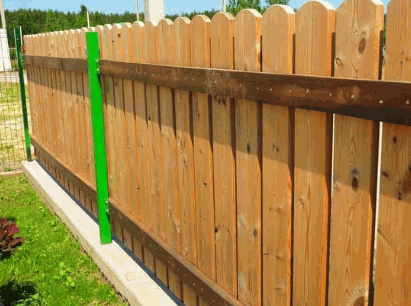
Vinyl Fence
Vinyl fences are known for their low maintenance requirements and durability, making them a cost-effective choice for homeowners seeking privacy and security.
The initial cost of installing a vinyl fence may be higher compared to other types of fencing, but the long-term benefits outweigh this initial investment. Vinyl fences require minimal maintenance, saving homeowners time and money on repairs and upkeep. Their durable nature ensures that they can withstand various weather conditions without the need for frequent replacements.
Vinyl fences offer significant privacy features, as they are typically solid in construction, preventing outsiders from easily peeking into your property. This added level of privacy contributes to making your outdoor space a more secluded and relaxing environment.
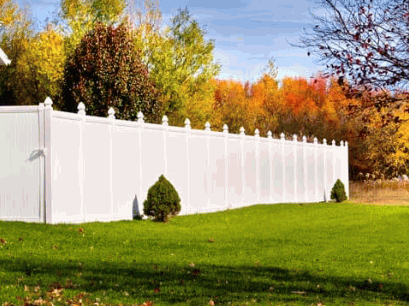
Aluminum Fence
Aluminum fences offer a balance of affordability, durability, and aesthetics, making them a popular choice among homeowners. The cost of aluminum fence installation is influenced by factors such as the fence’s height, design, and decorative features.
Lightweight and easy to install, aluminum fences are a cost-effective solution that requires minimal maintenance over time. Their durability ensures that they withstand harsh weather conditions without rusting or corroding, offering long-lasting protection for your property. Homeowners can choose from a plethora of decorative options to complement their outdoor aesthetics while enhancing the security of their premises.
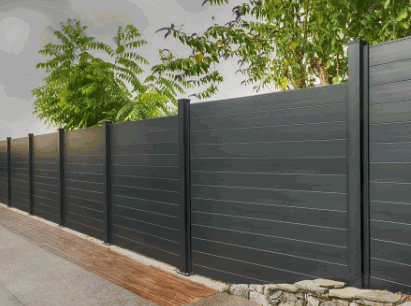
Chain Link Fence
Chain link fences are a cost-effective and durable option for securing property boundaries and enhancing security. The installation cost for chain link fences is relatively lower compared to other materials, making them a practical choice for many homeowners.
Chain link fences provide an added layer of security, acting as a visible deterrent to potential intruders due to their sturdy design. This type of fencing is versatile and can be customized to suit various property types, whether residential, commercial, or industrial. Their durable galvanized steel construction ensures long-lasting performance, requiring minimal maintenance over the years.
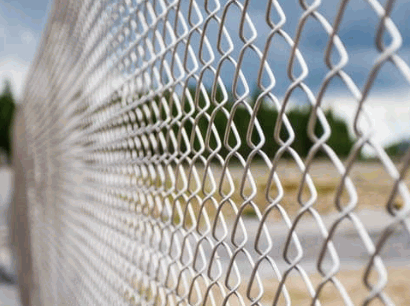
Wrought Iron Fence
Wrought iron fences are renowned for their ornamental designs, sturdiness, and longevity. While the initial cost of wrought iron fence installation can be higher, the aesthetic appeal, security features, and durability make it a worthwhile investment for many homeowners.
These fences not only add a touch of elegance to any property but also serve as a strong deterrent against intruders, enhancing the security of your home. The intricate patterns and designs of wrought iron fences can complement various architectural styles, giving your outdoor space a sophisticated look. These fences offer a high level of privacy, making them ideal for enclosing yards or defining boundaries.
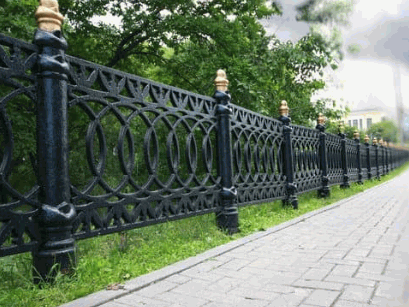
Costs Of Fence Installation In Different Areas
The costs of fence installation can vary based on the geographic location of the property. Factors such as average installation costs in residential versus commercial areas, local surveys, and ground conditions influence the overall expenses for homeowners planning a new fence.
Residential areas typically have different cost structures compared to commercial sites due to varying requirements and materials. For instance, wooden fences may be more prevalent in residential settings, while commercial properties might opt for chain-link or security fencing, impacting the cost differential.
Local surveys play a crucial role in determining the accurate estimation of fencing expenses. Conducting a survey helps in identifying potential challenges such as uneven terrain, underground utilities, or property boundaries, which can affect the total installation cost.
Ground conditions like soil type, slope, and the presence of obstructions can significantly influence the labor and materials needed for the installation. Regions with rocky terrain or extensive leveling requirements may lead to higher expenses, whereas flat, easily accessible land could reduce overall costs.
DIY Vs Professional Installation: Which Is More Cost-Effective?
The choice between DIY installation and hiring professionals for fence installation raises questions about cost-effectiveness. While DIY projects can save money on labor costs, professionals may offer efficiency and quality that justify the expense for homeowners with specific budget constraints.
When opting for a DIY fence installation, homeowners take on the responsibility of sourcing materials and tools, which requires research and time investment. However, the direct labor cost savings can be substantial, appealing to those looking to minimize expenses. On the other hand, hiring professionals means utilizing their expertise, potentially leading to a quicker and smoother installation process, along with access to their knowledge of best practices and industry trends. Such a decision often boils down to weighing the upfront savings of DIY against the long-term benefits of professional installation in terms of durability and overall property value.
Tips For Saving On Fence Installation Costs
Homeowners seeking to save on fence installation costs can consider various strategies. These include leveraging seasonal discounts from vendors, opting for winter installations, exploring home improvement store deals on materials, and understanding permit requirements to avoid unnecessary expenses.
Vendor negotiations play a crucial role in cutting down costs. When consulting with different suppliers, do not hesitate to negotiate prices, especially during off-peak times. Consider group discounts if you and your neighbors plan to install fences simultaneously, as vendors are more likely to offer better rates for multiple projects. Take advantage of end-of-season sales or holiday promotions to secure the best deals. Shopping around and comparing quotes can also help you find the most cost-effective option.
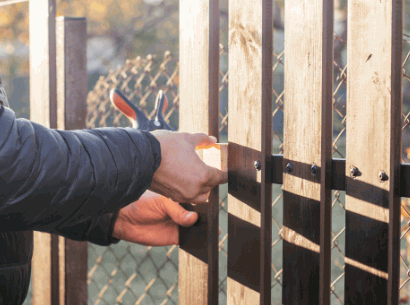
Conclusion: Factors To Consider When Installing A Fence
When installing a fence, homeowners should carefully consider multiple factors to ensure a successful and cost-effective project. Elements such as property size, acreage, suitable fence types, gate options, height considerations, landscaping integration, permit requirements, security needs, and weather resilience play vital roles in the installation process.
Analysis of the property size and acreage is crucial to determine the amount of fencing material needed and the layout that best suits the landscape. Gate selection should align with the overall style and functionality of the fence, whether opting for a swing gate, sliding gate, or automated entry system.
Coordinating the fence installation with landscaping plans ensures a cohesive aesthetic appeal, harmoniously blending the fence with the surrounding vegetation and structures.
Acquiring the necessary permits from local authorities before commencing the project is essential to avoid legal issues and ensure compliance with regulations.
Implementing adequate security measures like sturdy locks, motion sensors, or surveillance cameras can enhance safety and privacy on the property.
Applying weather-proofing strategies such as using treated wood, corrosion-resistant metal, or durable vinyl can prolong the life of the fence and minimize maintenance costs.

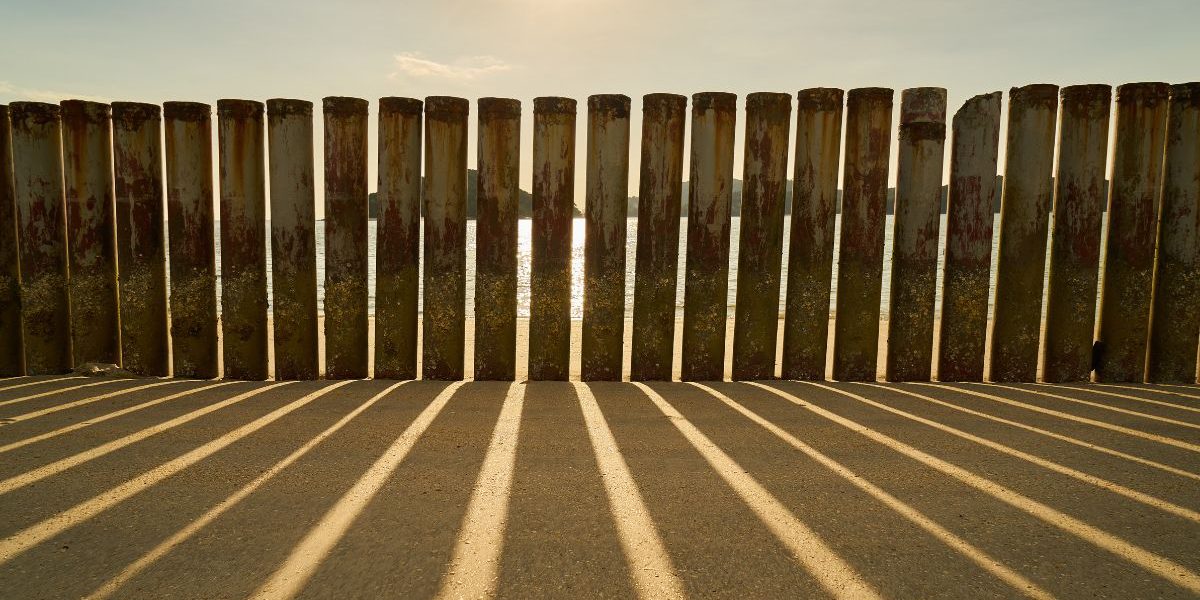
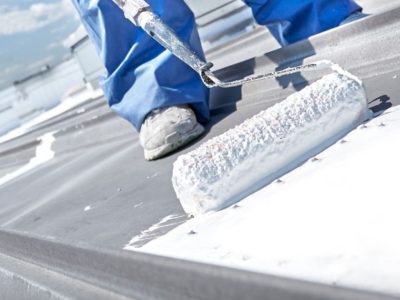
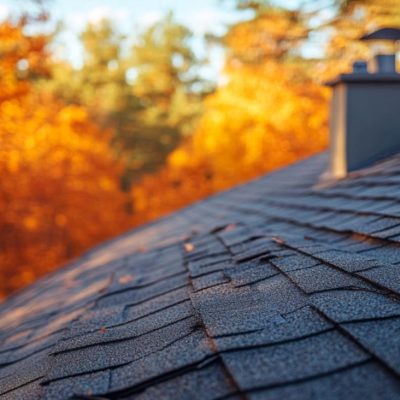
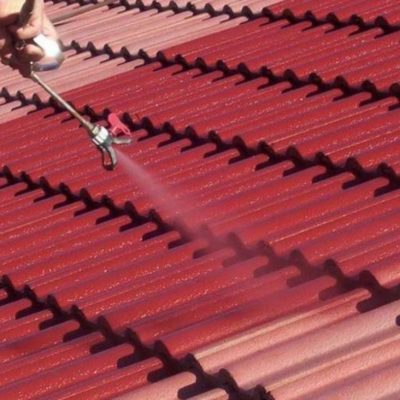
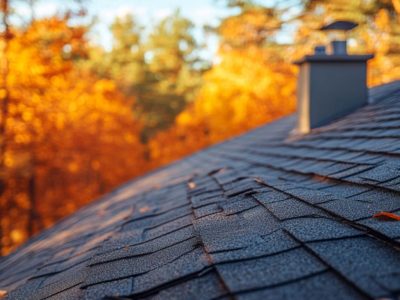
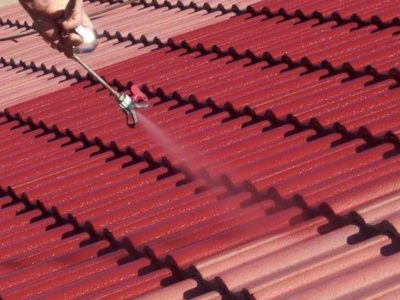

Comments